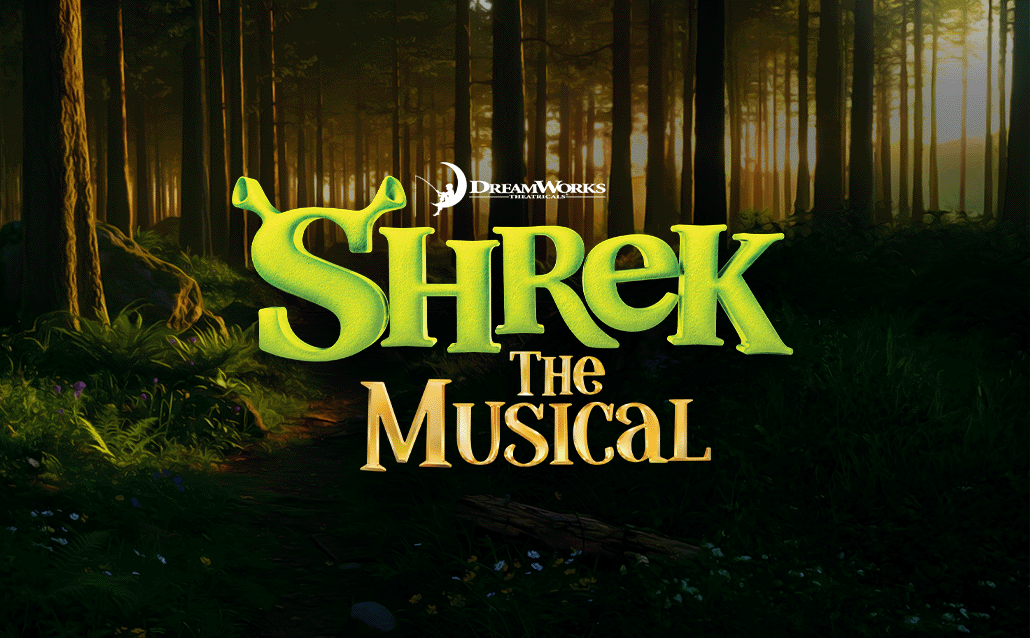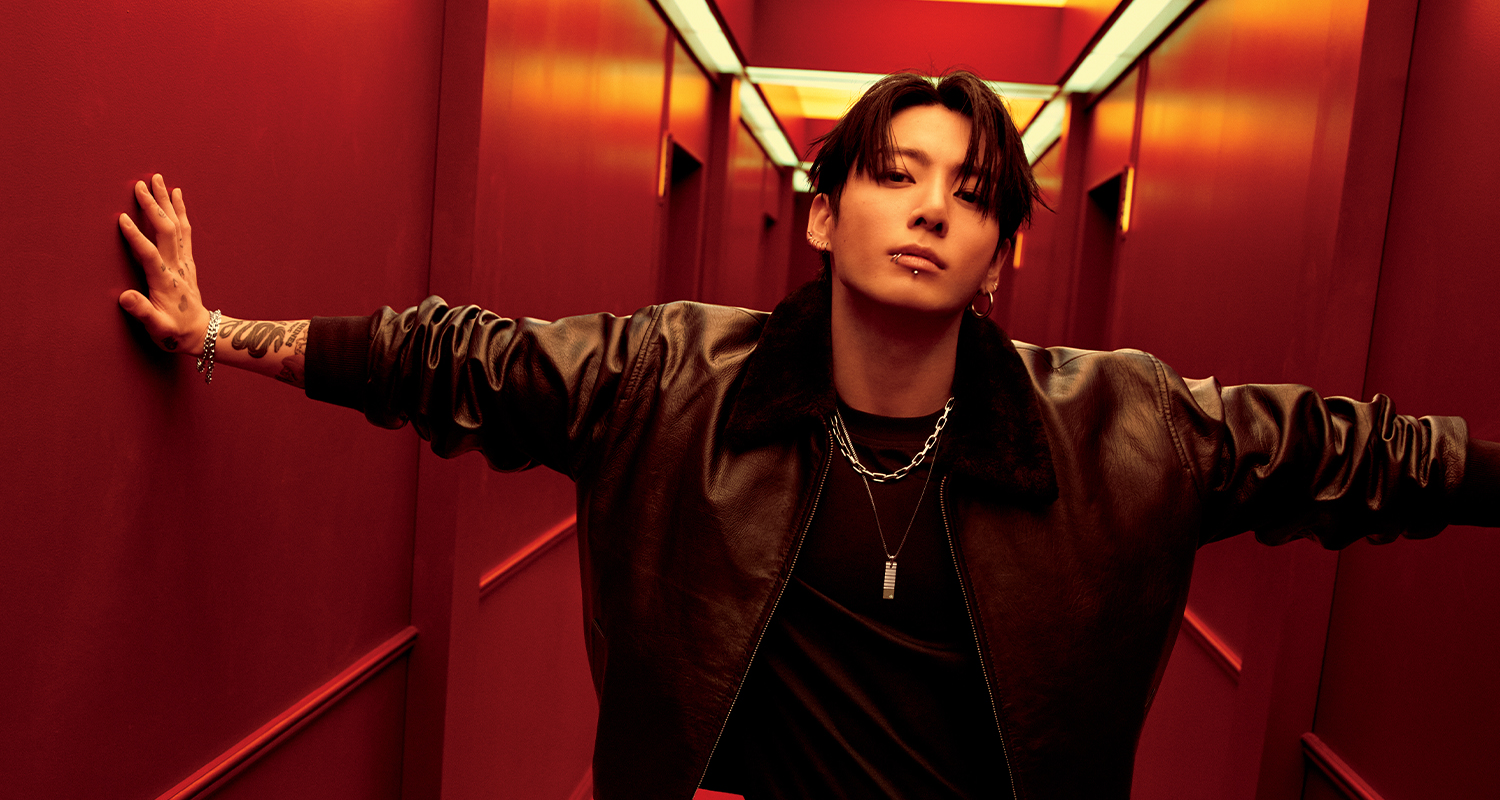
Featured art by Bhernn Saenz. With images courtesy of Netflix.
Nine years after its premiere, Netflix has officially released the trailer for the highly-anticipated fifth and final season of one of the platform’s biggest shows, Stranger Things. Set to have its first volume to hit streaming on November 26, a second volume on Christmas, and the final episode showing on New Year’s Eve, fans could not be more excited to formulate theories and embrace the lore behind the young heroes of Hawkins.
However, as the buzz reignites towards the final season of the ‘80s-themed horror series, controversies and a tangled web of narratives also took the stage right as the terrifying tales of Hawkins slowly closes its gates.
Directed by the Duffer Brothers, Stranger Things follows a group of geeky kids in 1983 who discover and befriend a peculiar girl with hidden telekinetic powers as they unravel the mysteries and then eventually battle monsters from the Upside Down. The show is also known for its acting prowess showcased by top-billing young actors Finn Wolfhard, Millie Bobby Brown, Noah Schnapp, Gaten Materazzo, Caleb McLoughlin, and Sadie Sink.
Following the rising trend of homages on ‘80s culture and entertainment flicks in 2016, Netflix rode the wave as Stranger Things debuted on the streaming platform on July 16. And as it turns out, adapting classic tropes from beloved horror films of the ‘80s and fantastic adventures from Dungeons & Dragons make the perfect mix that the viewers crave as the show saw massive success from its initial release. Not long after, it immediately gained a cult following on what will become a staple on Netflix.
A year later, Netflix maintained the blazing hype for the seris upon its second season’s release on October 27, 2017, cementing the series’ status as one of the most popular and defining shows of the generation.
However, after the increasing demand for new episodes came a long time before the beloved supernatural saga continued with its third season, which hit the online platform in 2019, two years after the release of the previous installment. Since then, the fans start to notice the drastic changes of the characters’ appearances brought by the actors slowly losing their young features for 14-year-olds that they were supposedly portraying.
The concept of stranger things season four being 4 years old.. pic.twitter.com/pfHBgBfLhP
— ✨Will (@Arielaiey) November 3, 2025
The phenomenon went on as the last two seasons took three years each in between to be released, with the fourth season released in 2022 and the closing chapter to be released by the end of this year. With the ideal timeline of each season taking place a year after the previous one, fans and supporters of the show have grown increasingly confused to grasp the accuracy of the characters’ ages now that the actors become older as time went on.
The main actors, with ages now ranging from 20 to 24 are now taking on the final season as 16-year-olds gearing up to save the world against the powerful demonic villain Vecna. Coincidentally, the young leads of the show are about the same age now as their fellow co-stars Natalia Dyer, Charlie Heaton, and Joe Keery were when the first season was released (who are still portraying teenagers in the show).
The youngest of the Stranger Things original ‘kids’ will be 21 soon, that’s actually insane! #noahschnapp pic.twitter.com/F7OavkNCHw
— Elias | sɐᴉlƎ (@Elias_posts) September 12, 2025
Kids I work with asking if I’ve seen stranger things/It and I was like “duh” and then I realized I was in fact their age when I watched it for the first time and was deep in the trenches pic.twitter.com/NdJkaZRfdB
— caryn ⊬ (@capacityforlove) November 3, 2025
Unfortunately, Stranger Things is just one of the biggest examples of the ongoing phenomenon of shows taking too long to film between seasons, often weakening the story and sometimes killing the hype for viewing consumption. It has been a trend for biggest shows on Netflix like Wednesday, Bridgerton, Ginny & Georgia, and other shows up for online streaming such as Euphoria (HBO), and Percy Jackson & The Olympians (Disney+). The common denominator with these shows is how they champion young characters and their stories, but bridging the gap from writing and shooting processes make it impossible for its actors to stay true to actual ages that they play, thus ruining the illusion for the story’s chronology and accuracy.
Of course, it’s not a requirement for shows to cast age-appropriate actors into supposed roles, never was and never will be. Call it suspension of disbelief, one of the core tenets of effective storytelling in cinema and television. Yet, the issue lies on maintaining truth and accuracy in stories being told, when external factors affect what the materials want to impart. With Stranger Things, age, of course, remains an important element to the story. The fate of an entire town falling in the hands of young, adolescent kids has long been one of the biggest come-ons of Stranger Things as a material. But how do we draw the line between fan clamor and fan service? Should the creators and the fans have stopped when things stayed, I don’t know, believable?
exactly like
— kelsey (@kelseybelser) October 16, 2025
Stranger Things remains an enduring modern piece of today’s pop culture, too huge to deter its success from awkward inconsistencies to its beloved watchers and loyal global fanbase to stay tuned and see what lies at the end for the young saviors of Hawkins. It is evident on the positive reception from the teaser release. But the bigger villain hovers, as the same trend follows and flays other shows today.
Sure, ensuring quality may take some time to cook to make for a well-done material, but in the case of Stranger Things, when age is, in fact, not just a number, do we sacrifice suspension of disbelief and rely on the fandoms’ persisting love for the franchise and its capacity to hold on to the illusion that we turn our backs on the heart and soul of the story of a show? The question remains and we have the last few episode drops to find out.
See the full trailer of the Stranger Things Season 5 below:
Additional text: Leo Balante







